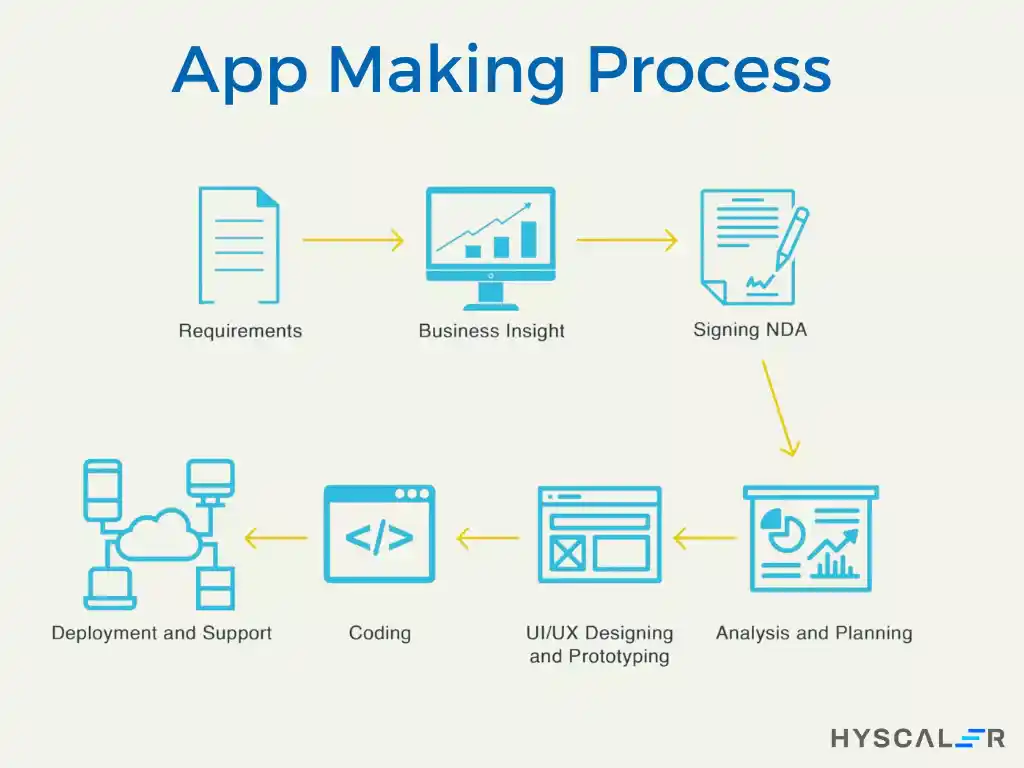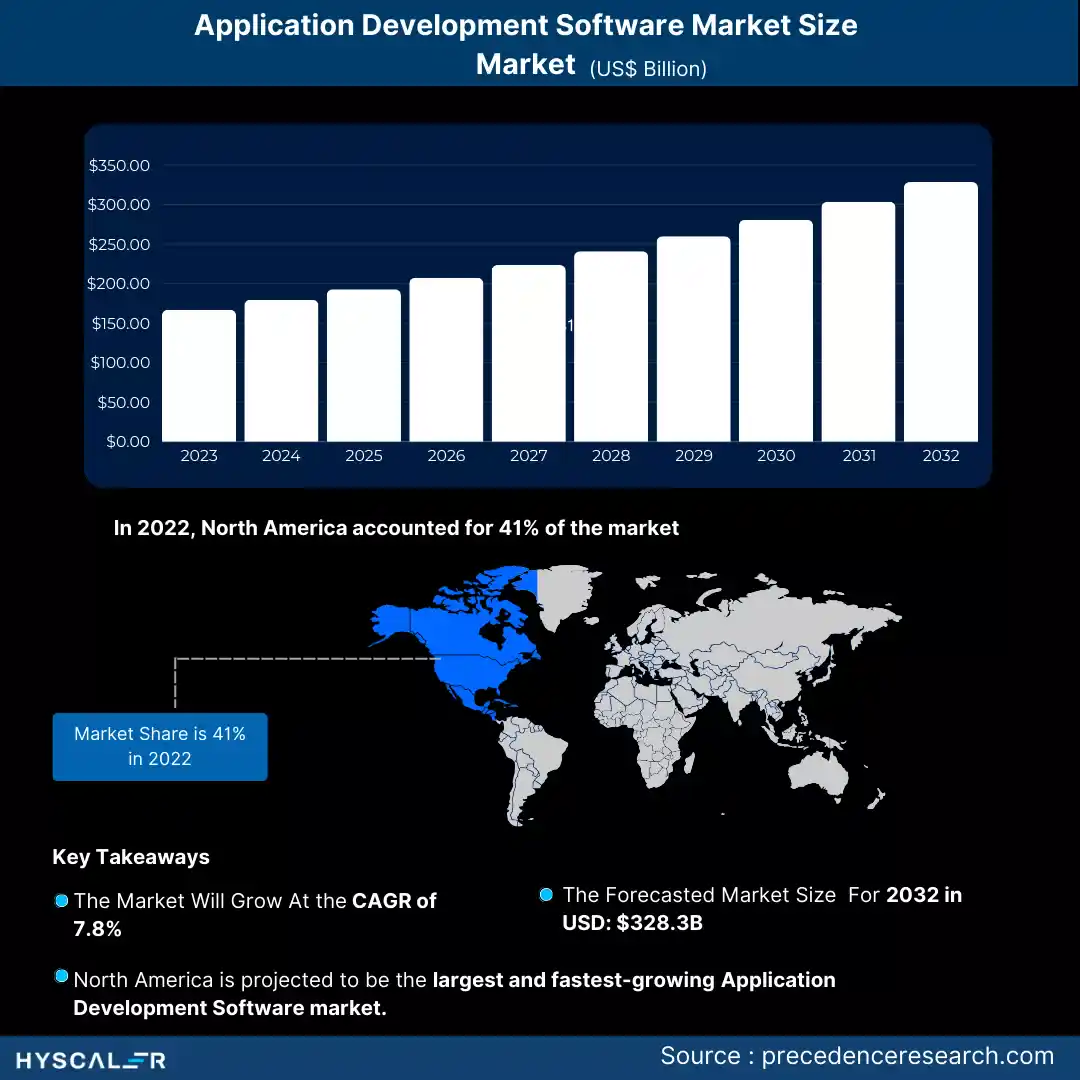Table of Contents
Creating a successful app in 2024 requires a blend of creativity, technical skill, and a keen understanding of market trends. With millions of apps available across various platforms, standing out in this competitive field demands a strategic approach. This guide will provide you with comprehensive insights into app making, from initial conception to launch and beyond.
Understanding the App Market
The Importance of Market Research
Before diving into app making, it’s crucial to understand the market you’re entering. Conducting thorough market research allows you to understand your target audience’s wants and preferences. Analyze popular apps in your niche, study user reviews, and look for gaps in the market that your app can fill.
Identifying Your Target Audience
Defining your target audience is a foundational step in app making. Knowing who will use your app influences every aspect of its design and functionality. Consider demographics, user behavior, and preferences to create a user persona that guides your development process.

Planning Your App
Defining the App’s Purpose and Goals
Clearly outlining the purpose and goals of your app is essential. What problem does your app solve? What unique value does it offer? Establishing these elements early on will steer your app making process in the right direction.
Sketching Your App Idea
Creating a visual representation of your app idea through wireframes and sketches helps you conceptualize its layout and flow. Tools like Sketch, Figma, or Adobe XD can assist in this stage, allowing you to create detailed blueprints of your app’s user interface (UI).
Designing the User Experience (UX)
Prioritizing User-Centered Design
User experience is paramount in app making. A user-centered design approach ensures that your app is intuitive, easy to navigate, and engaging. Conduct usability testing with real users to gather feedback and refine your design.
Crafting an Intuitive User Interface (UI)
An aesthetically pleasing and functional UI is crucial for user retention. Focus on simplicity, consistency, and accessibility. Use familiar design patterns and ensure that your app’s visual elements guide users seamlessly through its features.
Developing Your App
Choosing the Right Development Approach
There are several development approaches to consider in app making:
- Native Development: Building apps specifically for iOS or Android using platform-specific languages (Swift for iOS, Kotlin for Android) offers optimal performance and access to device features.
- Cross-Platform Development: Using frameworks like React Native, Flutter, or Xamarin allows you to create apps for multiple platforms with a single codebase, reducing development time and costs.
- Web Apps: Progressive Web Apps (PWAs) run in browsers and offer a similar experience to native apps without requiring installation.
Building the Backend
A robust backend is vital for your app’s functionality. It handles data storage, authentication, and communication with the front end. Popular backend solutions include Firebase, AWS Amplify, and custom server setups using Node.js or Django.
Integrating APIs and Third-Party Services
Incorporating APIs and third-party services can enhance your app’s capabilities. Whether it’s payment processing, social media integration, or location services, leveraging these tools can save development time and provide additional features.
Ensuring Security and Compliance
Implementing Security Measures
Security is a top priority in app making. Implement encryption, secure authentication, and data protection measures to safeguard user information. Regularly update your app to address vulnerabilities and stay compliant with industry standards.
Adhering to Legal Requirements
Ensure your app complies with legal regulations, such as GDPR, CCPA, and other data privacy laws. Create clear privacy policies and terms of service, and obtain necessary permissions for data collection and usage.

The global application development software market is estimated to reach USD 328.3 billion by 2032, up from USD 155.64 billion in 2022, and will grow at a 7.8% CAGR between 2023 and 2032.
Testing and Quality Assurance
Conducting Comprehensive Testing
Thorough testing is essential to ensure your app functions correctly across different devices and scenarios. Perform functional, usability, performance, and security testing. Beta testing with real users can provide valuable feedback and uncover hidden issues.
Addressing Bugs and Improving Performance
Promptly address any bugs or performance issues identified during testing. Optimize your app’s performance by minimizing load times, reducing memory usage, and ensuring smooth interactions.
Launching Your App
Preparing for App Store Submission
Each app store has specific guidelines and requirements for app submission. Ensure your app complies with these guidelines to avoid rejection. Prepare high-quality app icons, screenshots, and a compelling app description to attract users.
Marketing Your App
A successful app launch involves strategic marketing. Utilize social media, content marketing, influencer partnerships, and app store optimization (ASO) to increase your app’s visibility. Create a landing page and consider running paid ad campaigns to drive downloads.
Post-Launch Strategies
Gathering User Feedback
User feedback is invaluable for continuous improvement. Encourage users to leave reviews and ratings, and actively respond to their comments. Use analytics to monitor user behaviour and find areas for improvement.
Regular Updates and Improvements
Regularly updating your app will keep it relevant and engaging for users. Add new features, fix bugs, and improve performance based on user feedback and market trends. Regular updates also signal to users that your app is actively maintained.
Staying Ahead in App Making
Monitoring Industry Trends
The app industry is dynamic, with new technologies and trends emerging constantly. Stay informed about the latest advancements in app making, such as artificial intelligence, augmented reality, and blockchain, to incorporate cutting-edge features into your app.
Adapting to User Needs
User preferences evolve over time. Regularly revisit your market research and user feedback to adapt your app to changing needs. Flexibility and responsiveness are key to maintaining user engagement and loyalty.
Expanding Your App’s Ecosystem
Consider expanding your app’s ecosystem by creating complementary products or services. This could include web versions of your app, additional features, or partnerships with other businesses to provide a comprehensive user experience.
Conclusion
App making in 2024 requires a well-rounded approach that combines market research, user-centered design, robust development, and strategic marketing. By following this guide, you’ll be well-equipped to create an app that not only meets user needs but also stands out in a crowded market. Remember, the journey doesn’t end at launch—continuous improvement and adaptation are crucial for long-term success in the ever-evolving world of app making.
HyScaler, as a technology-first App Development service partner, recognizes the paramount importance of crafting meaningful designs that captivate customers and influence purchasing behaviors. Our App Development services enable clients to deliver positive and memorable experiences throughout the buyer’s journey.
HyScaler offers scalable solutions that are tailored to your needs, ensuring that your digital presence is revitalized and your brand is positioned for the digital era.
As a decade-old company with over 150 team members, 50 delighted clients, and expertise across more than 40 technologies, HyScaler brings over a decade of trust and commitment to your project. Whether you’re looking to join the tech revolution or supercharge your IT landscape, partnering with HyScaler provides you with the exceptional advantages of their dynamic and passionate team.